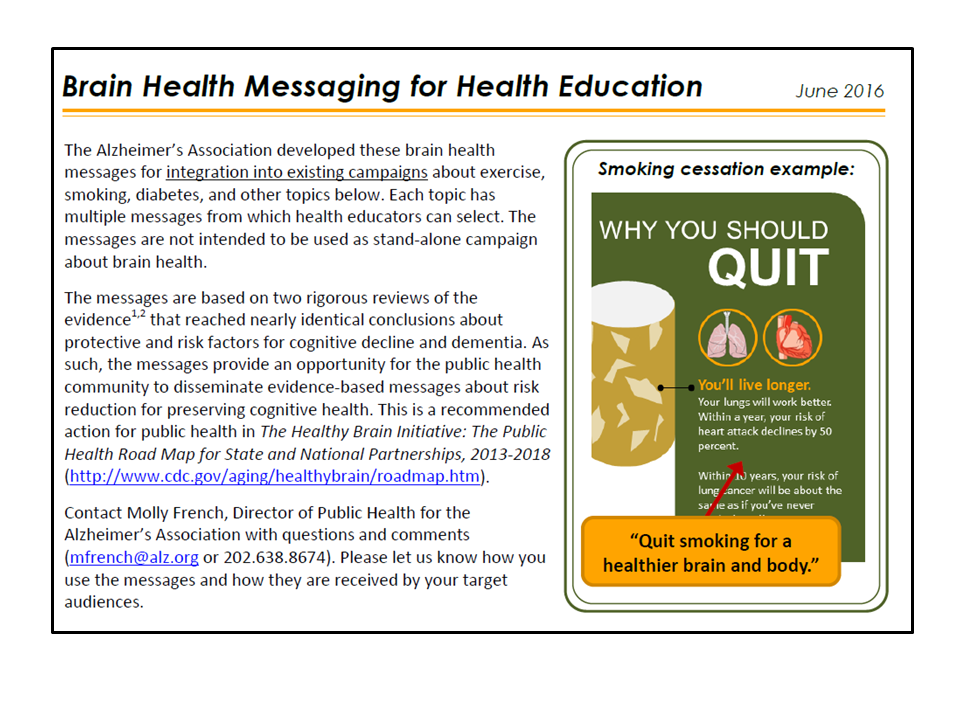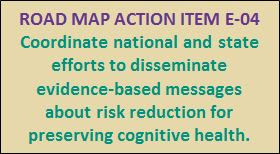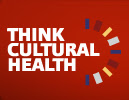 As a former track and field sprinter, I still remember and admire my high school track coach whom w
As a former track and field sprinter, I still remember and admire my high school track coach whom w
e affectionately call “Mr. Z.” He helped me to experience some of sports’ great life lessons — leadership, teamwork, and perseverance — and a love of being fit and healthy. This June, sports fans have been served up a buffet of major events that exemplify all of these lessons: the NBA Finals rematch, the Stanley Cup playoffs, the Centennial Copa America, the French Open, the U.S. Open golf championships, and of course, the NCAA Track and Field Championships.
However, June is more than a sports feast. It is also Men’s Health Month, which is an opportune time to remind men to live out their own passion for sports and other activities to help prevent illnesses such as heart disease, high blood pressure, and diabetes. Whether they are a former athlete turned Monday morning quarterback, or a weekend soccer warrior like my uncle, all men can turn their love of sports into a more active lifestyle. And staying physically active is even more important for men and boys of color, who fare worse across a broad range of health measures.
The leading causes of death for men of all racial and ethnic groups are heart disease, cancer, and unintentional injuries, such as falls, automobile accidents, and drug overdoses. Of these, heart disease is the leading cause of death for men of most racial and ethnic groups in the United States, including Blacks, American Indians/Alaska Natives, Hispanics, and whites. For Asian American and Pacific Islander men, heart disease is second only to cancer. And, Native Hawaiian men age 65 and over have a higher risk of diabetes-related potentially preventable hospitalizations than white men.
In addition to health status, minority men face hurdles in accessing certain economic opportunities, which also impact health. A men’s health data brief published in 2015 by the U.S. Department of Health and Human Services (HHS) Office of Minority Health (OMH) examined various social determinants of health for adult males in the United States and found that black, Latino, and American Indian/Alaska Native males generally fared poorly across most categories, including higher rates of poverty and lower levels of educational attainment.
However, there is hope. The President’s My Brother’s Keeper initiative is working to ensure that all young people can reach their full potential, including boys and young men of color. And because of the Affordable Care Act, 53.5 million men now have private health insurance that covers recommended preventive services at no cost, helping pave the way for millions of men to be as committed to regular medical check-ups as they are to their favorite sports team. The next game or match is an appointment we wouldn’t dare miss. Men should treat their health just the same and commit to annual check-ups with their health care provider and regular physical activity. Men and boys can get active by engaging in regular physical activity or by following U.S. Surgeon General Dr. Vivek Murthy’s recommendation of walking at least 22 minutes a day. Even yard work, active chores around the house, or walking the dog all count as wins for your health, as well as score points with your family!
To learn more about Men’s Health Month and the Office of Minority Health’s resources and information on men’s health, click here.
J. Nadine Gracia, MD, MSCE, is the Deputy Assistant Secretary for Minority Health and the Director of the Office of Minority Health at the U.S. Department of Health and Human Services.


 Dads Matter
Dads Matter

.jpg)






